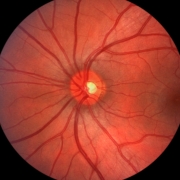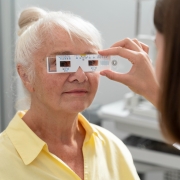What Happens During a Comprehensive Eye Exam?
Have you ever wondered what a comprehensive eye exam is? Youreye doctor in Falls Church, VA, has probably recommended you have one. But what is it, and what does it entail?
Let’s take a look.
What Happens During a Comprehensive Eye Exam?
Acomprehensive eye exam in Falls Church, VA, is a several-step process. Here is how the process goes.
Step One: Consultation
Your eye doctor will talk with you about your medical history and visual health. They will also ask you about your lifestyle and any concerns you might have. Your eye doctor will use this information to personalize your comprehensive eye exam to best suit your needs.
Step Two: Evaluate Your Visual Health
The eye doctor will then need to test your visual acuity. This will involve having you read an eye chart. Doing so will help determine how well you can see at various distances. Once this is done, they will do a refraction test. This helps the doctor see if you have any refractive issues. The refractive test will show if you have nearsightedness, farsightedness, or an astigmatism.
Step Three: Intraocular Pressure Checks
This step involves using some advanced technology to examine the internal structures of your eyes. The pressure check will help your doctor see if there are any signs of disease present. For example, glaucoma, cataracts, or macular degeneration.
Step Four: Eye Doctor Recommendations
Your eye doctor will then discuss the findings of your comprehensive dental exam with you. At this point, the doctor will address any concerns they might have and make recommendations for maintaining or improving your vision.
Do You Need an Eye Doctor in Falls Church, VA?
If you need an eye doctor in Falls Church, VA, pleaseContact Nova Vision Center. Don’t take the health of your eyes for granted. Take the first step in maintaining good vision and schedule an appointment today. Your eyesight is irreplaceable, so don’t delay.





